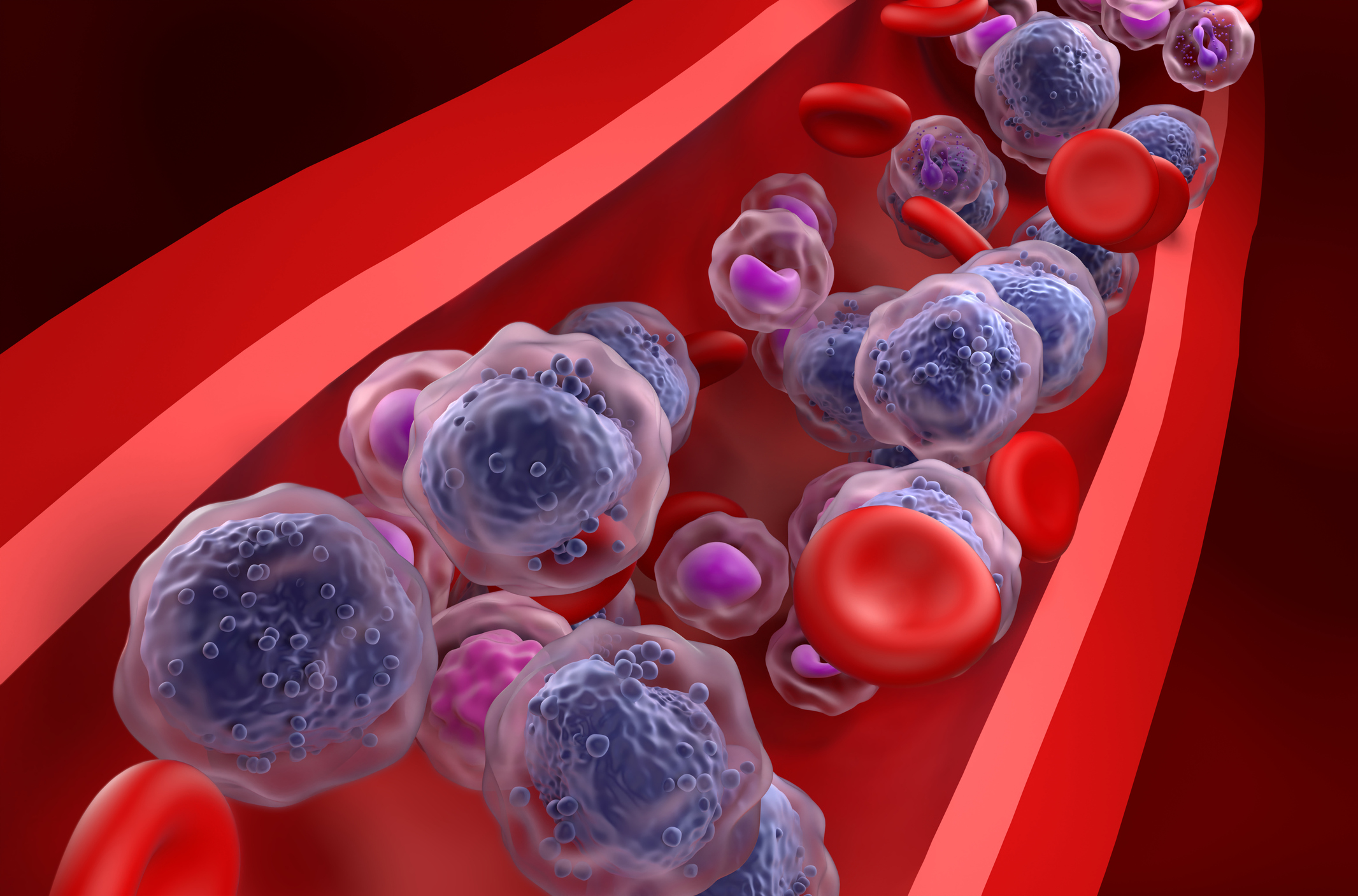
For patients with myelodysplastic syndromes (MDS), an updated International Prognosis Scoring System (IPSS) that incorporates gene mutations (IPSS-M) led to improved discrimination compared with the revised IPSS (IPSS-R). These findings were shared at the 2021 ASH Annual Meeting by investigator Elsa Bernard, PhD, of Memorial Sloan Kettering Cancer Center in New York.
Dr. Bernard reported that the IPSS-M, which considers clinical, cytogenetic, and genetic parameters, reclassified nearly half of patients studied.
For this study, researchers characterized 9339 driver mutations or short indels involving 124 genes from 2957 patients (discovery cohort). These patients had less than 20% blasts and white blood cell count below 13 × 109/L. Median follow-up was 3.8 years.
They then conducted correlative analyses between genetic alterations and outcomes including leukemia-free survival (LFS), overall survival (OS), and leukemic transformation. Results were validated in an independent cohort of 718 patients.
The IPSS-M score was built as a weighted sum of prognostic variables. The model consisted of:
- hemoglobin, platelets, and bone marrow blasts
- IPSS-R cytogenetic category
- 22 binary features derived from the presence of mutations in 21 predictive genes
- one feature representing the number of mutations from a group of 17 additional genes
Scaling was applied so that a score of zero represented an average patient; scores of –1, 1, or 2 corresponded to half-, double-, or four-fold risk compared with an average patient.
According to Dr. Bernard, the IPSS-M resulted in improved discrimination compared with the IPSS-R for LFS, OS, and leukemic transformation. Specifically, they found a 5-point increase in C-index for each endpoint in the discovery cohort and an increase of 3.4, 1.5, and 4.9 points in the validation cohort.
Based on score cutoffs, Dr. Bernard and colleagues established a 6-risk category schema:
- very-low (14%)
- low (32%)
- moderate-low (11%)
- moderate-high (11%)
- high (11%)
- very-high (18%)
From very-low to very-high, the median LFS was 9.7, 6.0, 4.1, 2.3, 1.7, and 0.75 years, respectively.
By merging the moderate-low and moderate-high categories to moderate, the researchers compared stratification of the IPSS-R with the IPSS-M. The IPSS-M resulted in restratification of 46% of patients. The majority (74%) were upstaged and 26% were downstaged.
More than half of the patients from the IPSS-R intermediate category shifted, including 18% who were upstaged to IPSS-M very-high. Six percent of patients from the IPSS-R very-low/low stratification shifted to IPSS-M very-high/high.
The researchers reported marked differences in outcomes between patients from different IPSS-M categories within each IPSS-R strata. For example, the median leukemia-free survival of IPSS-R intermediate patients classified as IPSS-M very-high was 0.75 years compared with 6.5 years for those classified as IPSS-M low.
Finally, Dr. Bernard detailed that IPSS-M clearly stratified patients with secondary or therapy-related disease.
Disclosures: The study authors reported no relevant conflicts of interest.
Reference
Bernard E, Tuechler H, Greenberg PL, et al. Molecular International Prognosis Scoring System for myelodysplastic syndromes. Abstract #61. Presented at the 2021 American Society of Hematology Annual Meeting, December 11-14, 2021.






 © 2025 Mashup Media, LLC, a Formedics Property. All Rights Reserved.
© 2025 Mashup Media, LLC, a Formedics Property. All Rights Reserved.